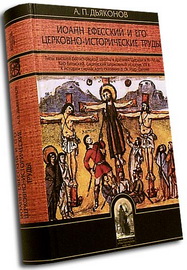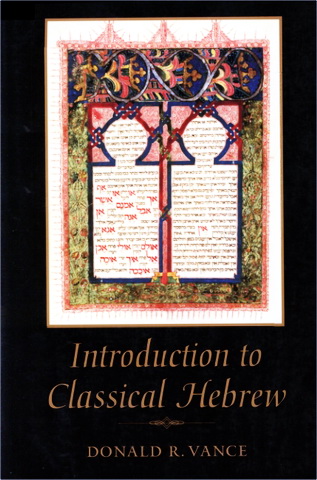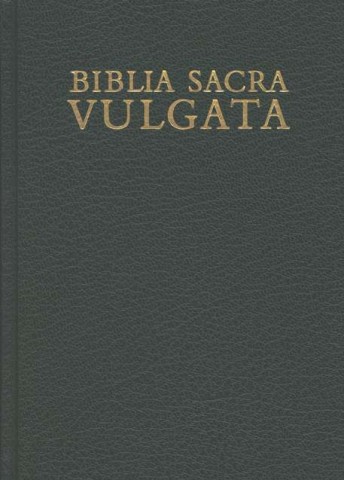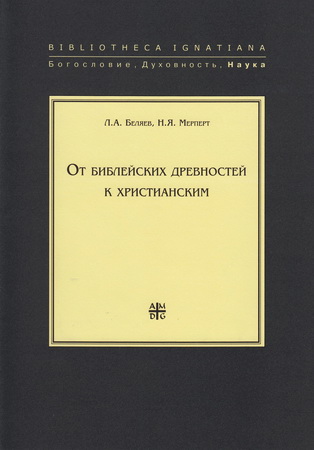
Vance - Introduction to Classical Hebrew

The term Classical Hebrew refers to the Standard Biblical Hebrew found in the prose sections of Genesis through 2 Kings. To be sure, this grammar prepares students to read the Hebrew of the entire biblical text, but the earlier material is considered paradigmatic. Further, the language of sixth-century Hebrew inscriptions falls into the Classical Hebrew category, and students will translate Lachish Letter 4 as the exercise for the last chapter. This definition is close to that of the Dictionary of Classical Hebrew.
PEDAGOGY DELINEATED
The pedagogical principle guiding the writing of this grammar is that it is best to begin with the regular phenomena and systematically build to the more complex and irregular. Coupled to this is the observation, stemming from over a decade of teaching Classical Hebrew, that today's students—as a rule—are not well versed in the rudiments of English grammar. Combining these two ideas leads to the organization of this grammar. It begins with two chapters devoted to learning the Hebrew writing system, which for beginning students can be backward, confusing, and nearly incomprehensible. Students become familiar with the historical and modem Israeli pronunciations and the basic rules of Classical Hebrew phonology.
Turning to morphology and syntax, the grammar starts with the personal pronouns, which allows for the introduction of the grammatical concepts of person, gender, and number. By simply learning some of the more famous personal names, students are able to read and form simple nominal sentences. Next the grammar covers the adjectives, which are absolutely regular in the agreement of the morphological gender and number and the underlying physical realities (in contrast to nouns, where one has to deal with forms such as אברת). Here students leam the reduction rule, which greatly aids and simplifies understanding the morphology of Hebrew substantives.
Donald R. Vance - An Introduction to Classical Hebrew
Koninklijke Brill NV, Leiden, The Netherlands, 2004. - 448 pp.
ISBN 0-391-04200-9
ISBN 0-391-04241-6 (Paperback)
Donald R. Vance - An Introduction to Classical Hebrew - Contents
Acknowledgments
Abbreviations
Bibliography
Introduction
1. Learning the Hebrew Alphabet
2. The Hebrew Writing System
3. The Independent Personal Pronouns and the Conjunction ו
4. The Definite Article and the Adjective
5. Verbal Adjectives: G Participle (Active and Passive)
6. Nouns
7. Prepositions
8. Noun States and the Construct Chain
9. Segholate Nouns
10. G Suffix Conjugation
11. G Suffix Conjugation of Stative Verbs and Weak Roots; The Disjunctive ו
12. Pronominal Suffixes Attached to Singular Nouns
13. Genitive Pronominal Suffixes Attached to Plural Nouns and the Accusative Pronouns
14. G Prefix Conjugation and Waw-Retentive Perfective
15. G Infinitives
16. The Volitives
17. G Prefix Conjugation, Infinitives, and Volitives of Weak Roots
18. Demonstratives, the Predicator of Existence, and Interrogative Clauses
19. Relative Clauses and הנה
20. N Stem
21. H and Hp Stems
22. D, Dp, and tD Stems
23. Derived Stems of the Weak Roots
24. Pronominal Suffixes Attached to Verbs
25. Numbers
26. Geminate Roots
27. Conditional Sentences and Noun Patterns
28. Additional Syntax and Uncommon Verbal Stems
Appendix A: Paradigms
Appendix B: Hebrew-to-English Vocabulary
Appendix C: English-to-Hebrew Vocabulary
Subject Index




Комментарии (1 комментарий)
Ого, Эдуард! Спасибо за такой ценный подарок!